Best Astrophotos of the week: exploring the significance behind space objects names
19th Jan 2024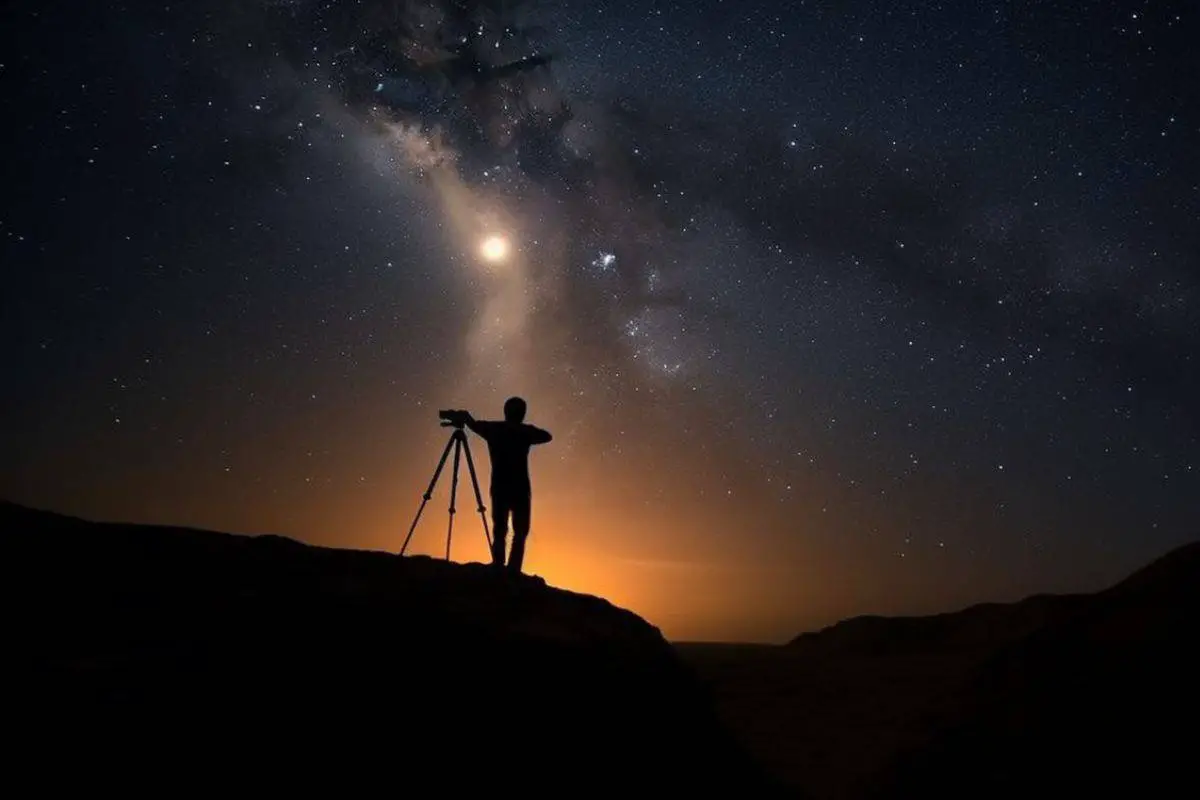
In this week’s compilation, we present a fresh array of astrophotography published by talented amateur photographers on social media. As we delve into the intricacies of celestial objects, we invite you to explore their meanings behind the names. Do you resonate with these interpretations, or do you have your own perspectives to share?
The Spaghetti Nebula by Eric Brotons
Let’s start with Simeis 147, often referred to as the “Spaghetti Nebula”. It is a large supernova remnant located in the constellation Taurus. This astronomical object is the remnants of a massive star that exploded in a supernova event. The nickname “Spaghetti Nebula” stems from the complex and filamentary structure of the remnant, which appears like tangled strands of pasta in images.
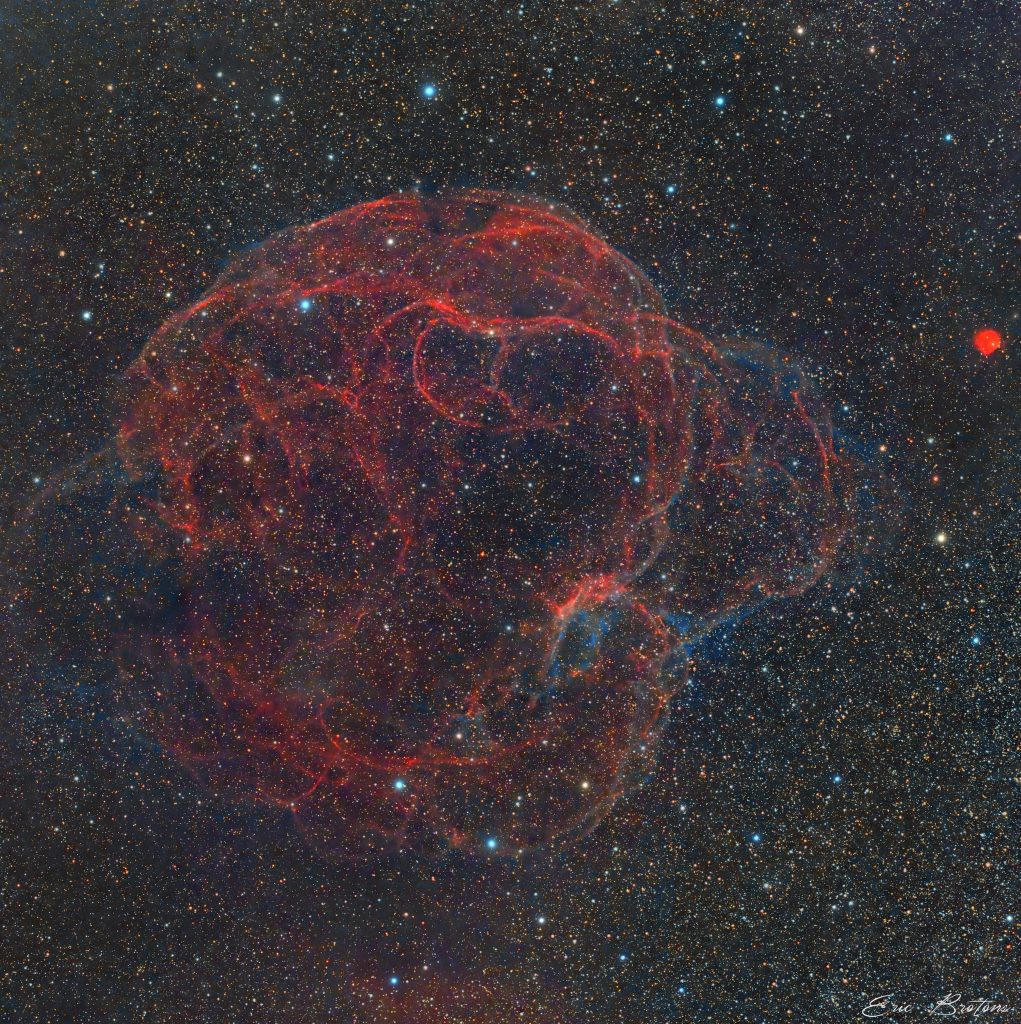
Image Credit: Eric Brotons
Andrew Hayes’s Seagull Nebula
Returning to our best astrophotos collection is the Seagull Nebula astrophoto. It is an H II region, an extended region of gas and ionized hydrogen. The Seagull Nebula is situated in the constellation Monoceros, which is part of the winter Milky Way. The nebula includes a bright open cluster of stars, cataloged as NGC 2335, which forms the “head” of the seagull, while the wings and tail extend outward with intricate patterns of gas and dust.
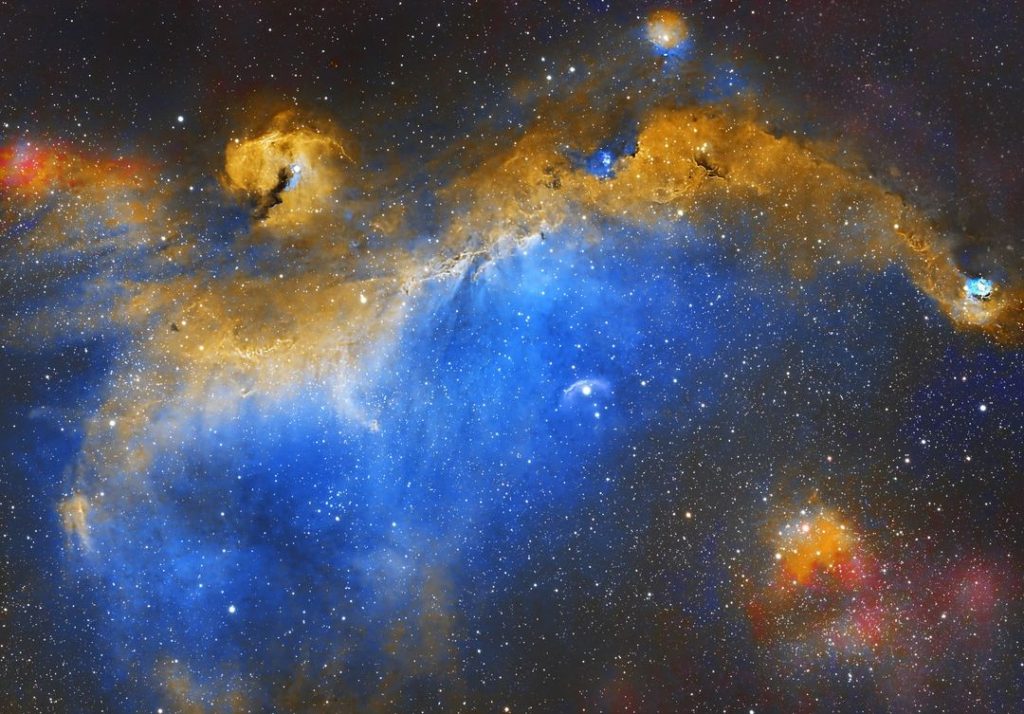
Image Credit: Andrew Hayes
The “Pac-Man” Nebula by Andrew McCarthy
The “Pac-Man” Nebula, officially designated NGC 281, is a fascinating and well-known emission nebula located in the constellation Cassiopeia. The Pac-Man Nebula earned its popular nickname due to its distinctive shape, which bears a resemblance to the iconic video game character Pac-Man. The central opening in the nebula is reminiscent of the character’s “mouth.” Video game lovers, do you agree with this?
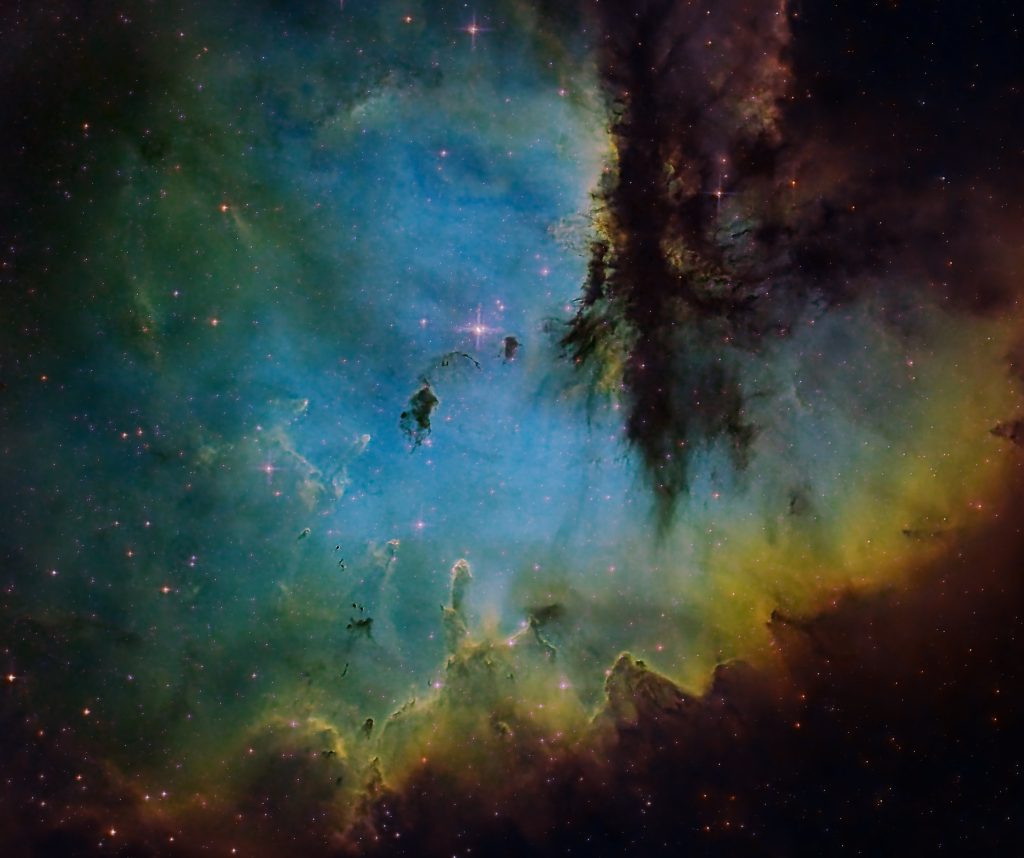
Image Credit: Andrew McCarthy
Thomas Hanrath’s Dumbbell Nebula
The Dumbbell Nebula, or Messier 27 (M27), is also a well-known planetary nebula located in the constellation Vulpecula. The nebula’s name originates from its appearance, resembling a dumbbell or barbell in shape. It consists of a central, bright, and elongated region surrounded by a fainter, halo-like structure. At the heart of the nebula is a hot, white dwarf star, which is the remnant of the original star that ejected its outer layers to form the nebula.
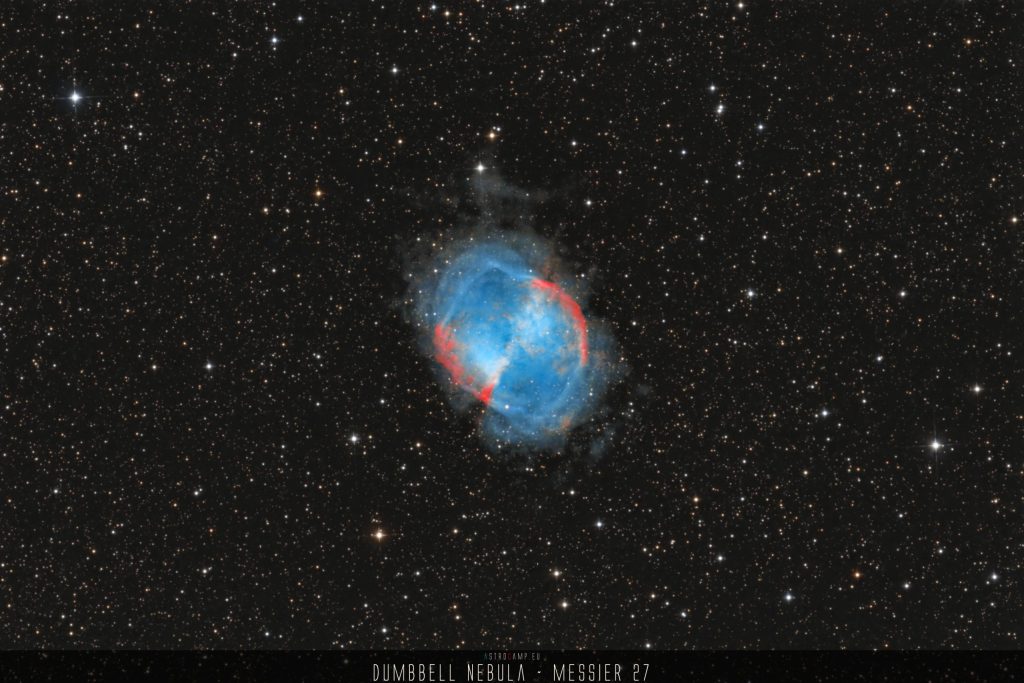
Image Credit: Thomas Hanrath
The Flame Nebula by Andrew Ramsay
The Flame Nebula has already become one of the beloved objects in our Astrophotos collections. Also named as NGC 2024, it is a remarkable emission nebula located in the constellation Orion. The nebula gets its name from the prominent dark streaks and bright patches that resemble flames. These features are created by the interplay of dark dust lanes and the glow of ionized hydrogen.
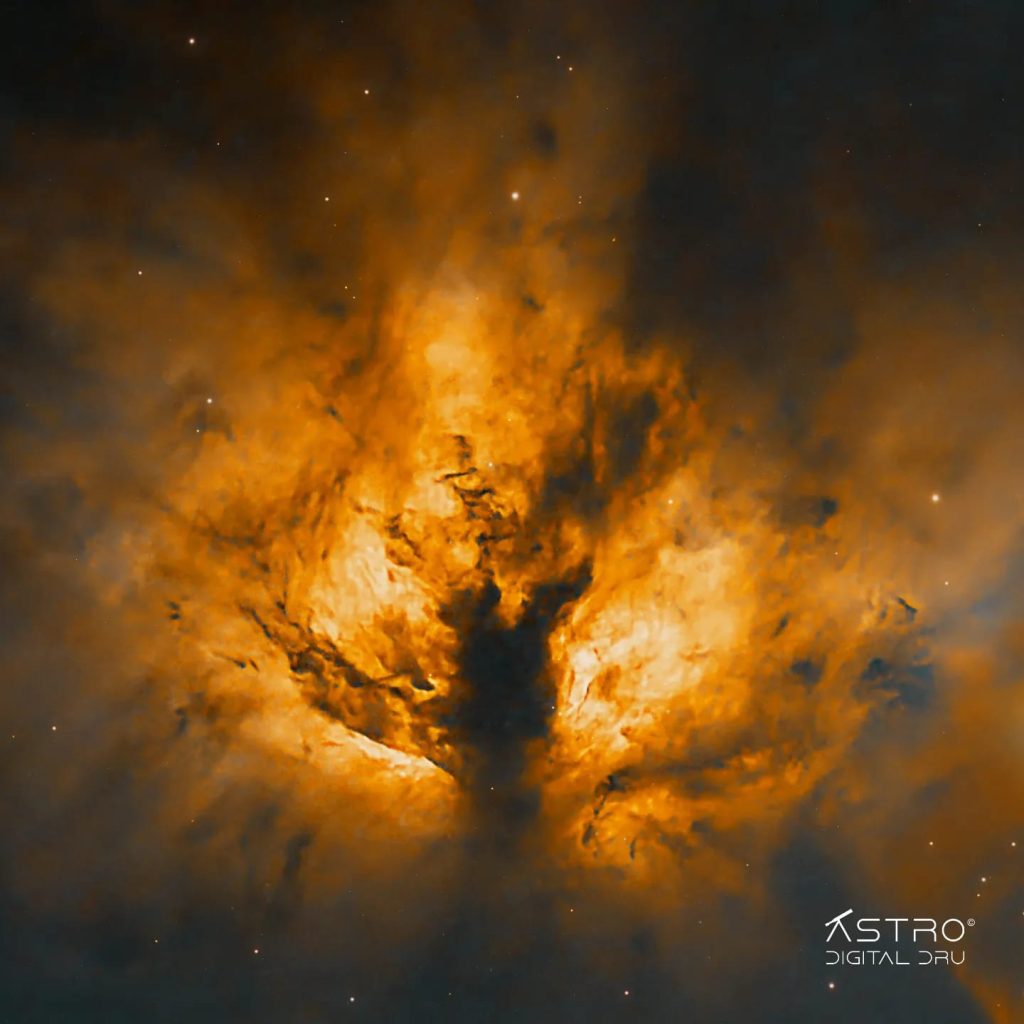
Image Credit: Andrew Ramsay
The Angel Nebula by Julio Maiz
NGC 2170, often referred to as the Angel Nebula, is a reflection nebula located in the constellation Monoceros. Unlike emission nebulae that glow due to ionized gas, reflection nebulae shine by reflecting the light of nearby stars. The Angel Nebula showcases intricate patterns of light and dark regions within the cloud of gas and dust. The visual appearance can vary depending on the angle and conditions of observation, but often reminds an angel.
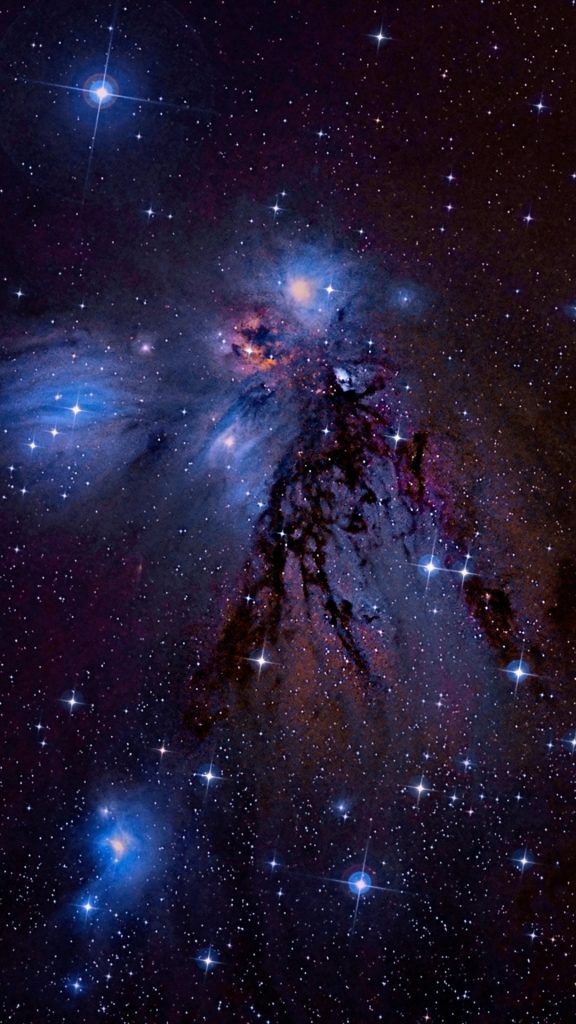
Image Credit: Julio Maiz
Massimo Di Fusco’s NGC 2403 Galaxy
NGC 2403 is a spiral galaxy located in the constellation Camelopardalis. It exhibits well-defined spiral arms extending from a bright central region. These arms contain regions of star formation, including young, hot stars that contribute to the galaxy’s overall brightness. The absence of a widely recognized nickname for NGC 2403 leaves room for creative interpretation. As you look at this celestial object, you may imagine various shapes or patterns within its spiral structure!
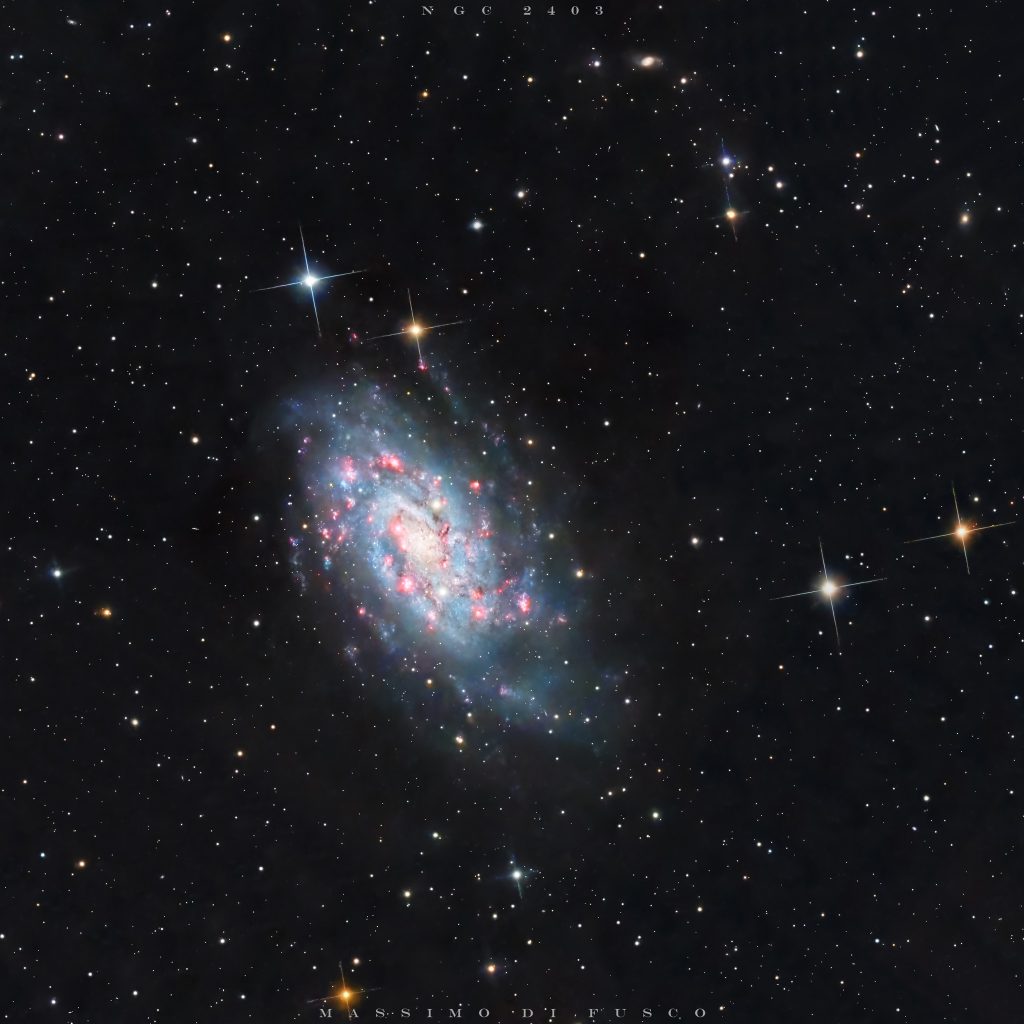
Image Credit: Massimo Di Fusco
Moon’s beauty by İsa Turan and Mia Stålnacke
Have you ever wondered, why the moon is called so? In various cultures and languages, the names for the moon often share common roots, reflecting its prominence in the night sky and its regular phases. The English word “moon” has its roots in Old English, where it was spelled “mōna.
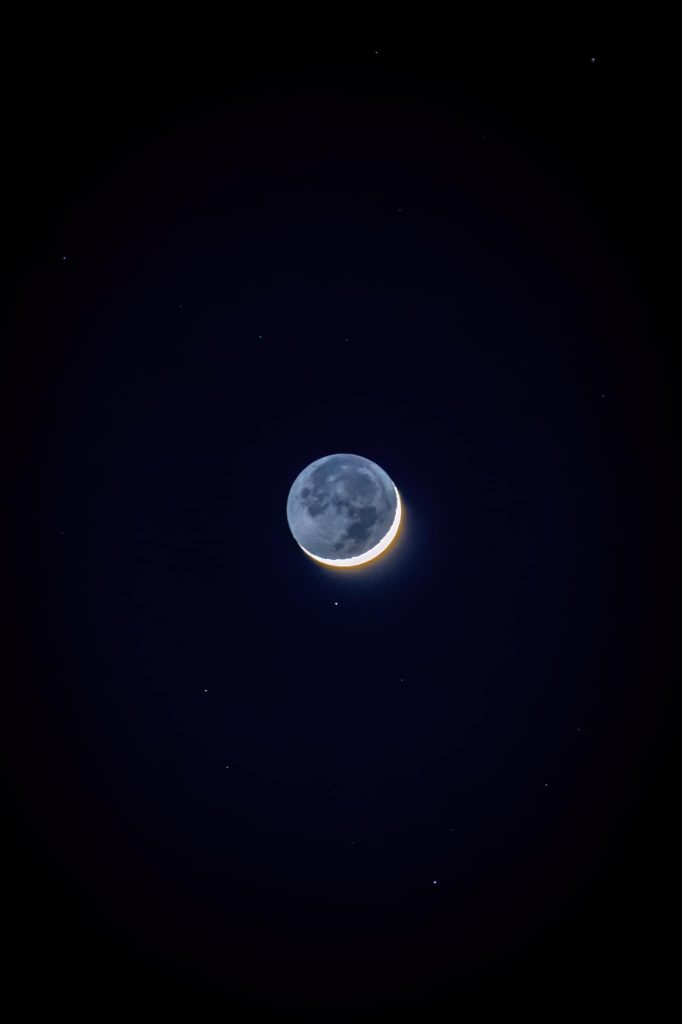
Image Credit: Isa Turan
The Latin word for moon is “luna.” This term is the basis for words like “lunar” (related to the moon) and “lunatic” (historically associated with phases of the moon and considered to influence mental states). The Greek equivalent is “selḗnē,” from which we get words like “selenography” (the study of the moon’s surface) and “selenology” (the scientific study of the moon).
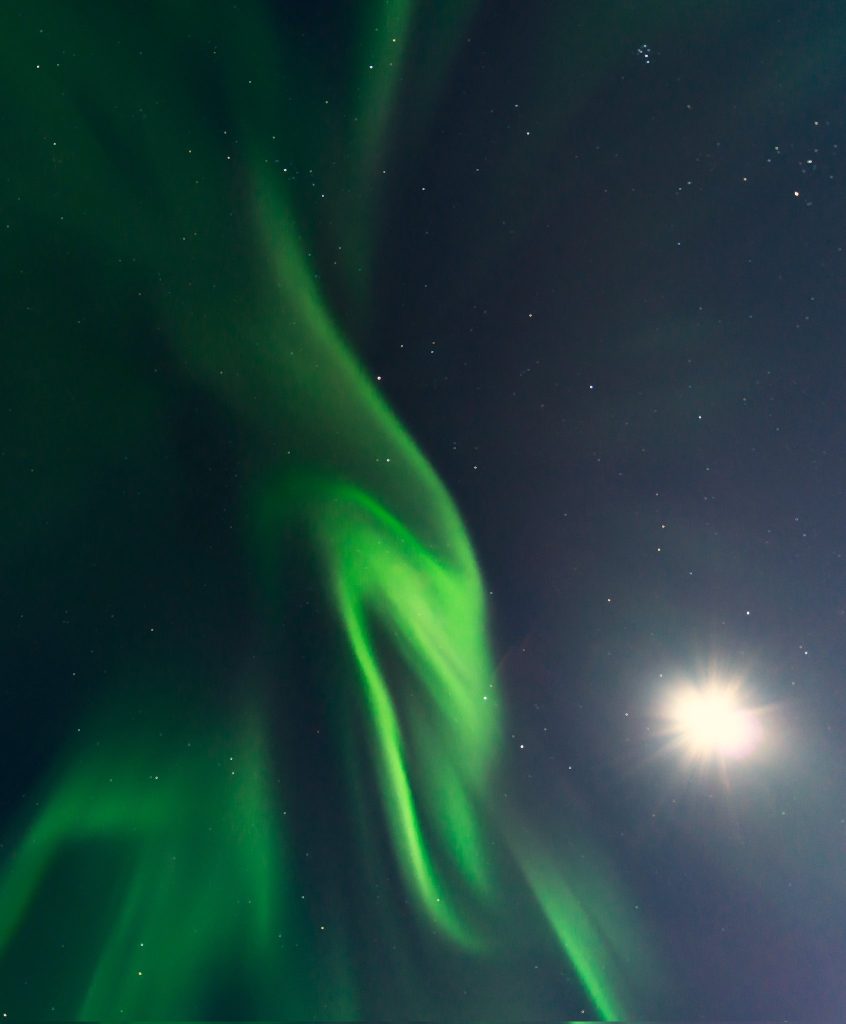
Two celestrial wonders in one image: the aurora and the moon. Image Credit: Mia Stålnacke
We hope these astrophotos spark your curiosity and add a touch of cosmic awe to your day. Keep exploring the wonders of the universe and stay tuned for the next collections of astrophotos!






Thank you for your comment! It will be visible on the site after moderation.